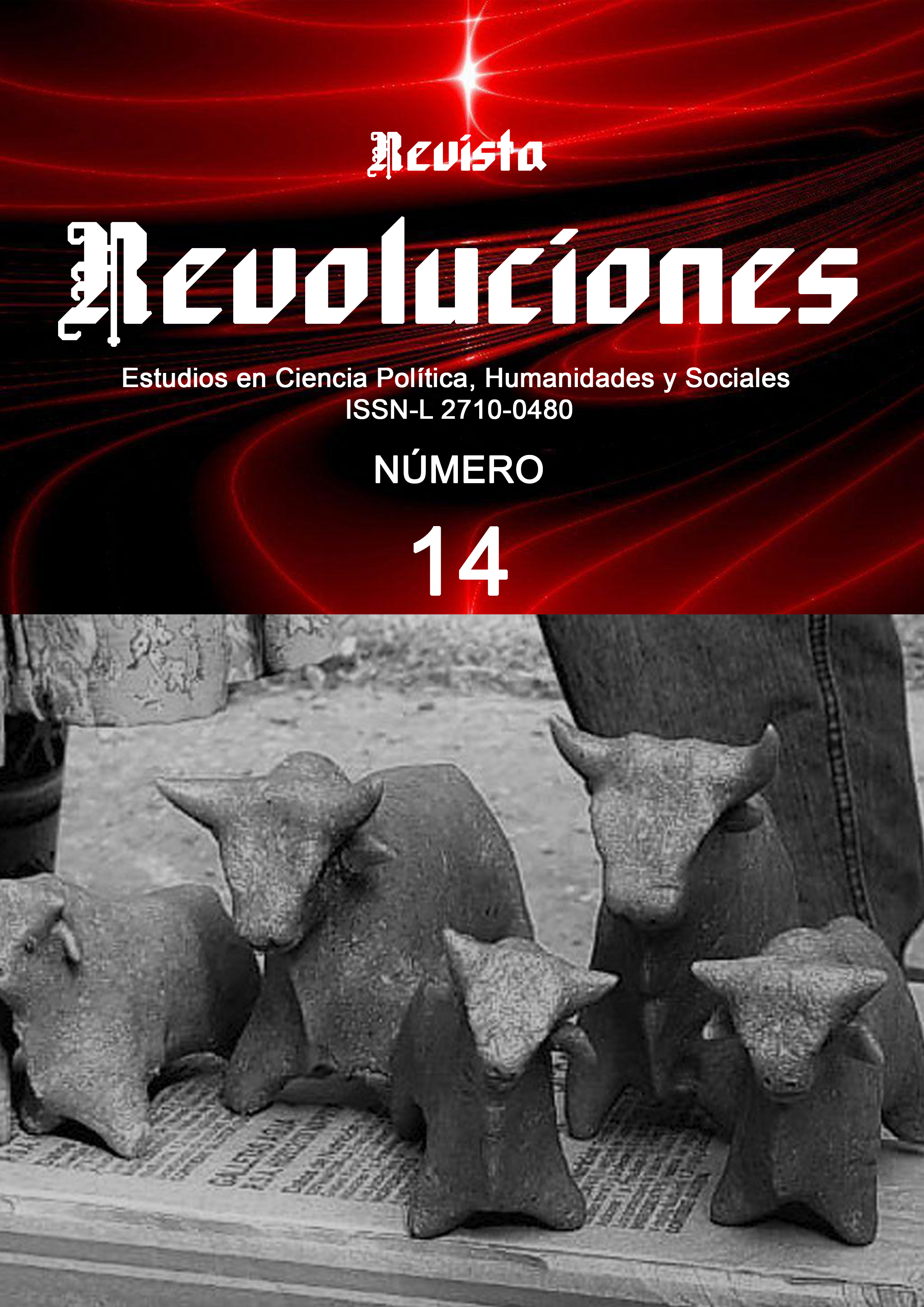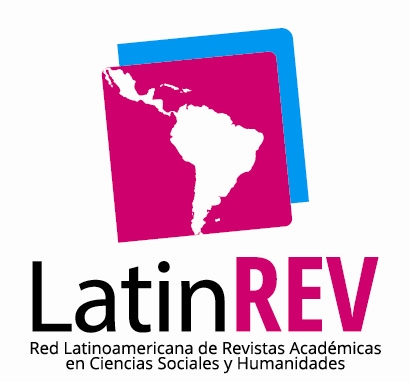The role of phytoliths in archaeological research; An interpretative approach
The role of phytoliths in archaeological research; An interpretative approach
DOI:
https://doi.org/10.35622/j.rr.2023.014.002Keywords:
Phytoliths, questions, archaeological research, research potentialAbstract
The analysis of phytoliths is a tool that in recent years has exponentially increased its importance in archaeological research, trying to understand the interaction of humans with the plant world in the past, since, due to their mineralogical characteristics, they have a high durability and presence in substrates and objects, which makes them excellent paleoindicators. However, in spite of their potential and importance, in many regions of Latin America, the analysis of phytoliths is in a state of confusion, due to the existing doubts about their potential and scope of resolution. This is the reason for the present essay, which starts by answering questions such as: What are phytoliths? It aims to dispel and clarify some of the questions surrounding the study of these structures in archaeological research
References
Borrelli, N., Osterrieth, M. & Cabello, M. (2008). Estudio preliminar de la degradación de
fitolitos de gramíneas. experimentación in vitro. En M. A. Korstanje y M. del P. Babot (Ed.), Matices interdisciplinarios en estudios fitolíticos y de otros microfósiles (PP. 25-30). Editorial Bar International Series S1870.
Bonomo, M., Skarbun, F. & Bastourre, L. (2019). Subsistencia y alimentación Una
aproximación a las sociedades indígenas (Primera edición ed.). Editorial de la Universidad de La Plata. https://doi.org/978-950-34-1748-5
Carnelli, A. L., Theurillat, J. P. & Madella, M. (2004). Phytolith types and type-frequencies
in subalpine–alpine plant species of the European Alps. Review of palaeobotany and palynology, 129(1-2), 39-65. https://doi.org/10.1016/j.revpalbo.2003.11.002
Cabanes, D., Weiner, S. & Shahack-Gross, R. (2011). Stability of phytoliths in the
archaeological record: a dissolution study of modern and fossil phytoliths. Journal of Archaeological Science, 38(9), 2480–2490. https://doi.org/10.1016/j.jas.2011.05.020
Del Puerto, L. (2015). Interrelaciones humano-ambientales durante el holoceno tardío en el
este del Uruguay: cambio climático y dinámica culturales [tesis de doctorado, Universidad de la república Montevideo, Uruguay]. PEDECIBA.https://www.colibri.udelar.edu.uy/jspui/handle/20.500.12008/8184
Hoyas, J., Palet, A. & Villate, E. (1990). Análisis de fitolitos en ópalo y pseudomorfos de
oxalato de calcio en calcita como indicadores arqueobotánicos. Cuaternario y Geomorfología, 4(1-4), 147-154. http://tierra.rediris.es/CuaternarioyGeomorfologia/images/vol4/cuaternario4(1-4)_13-.pdf
Korstanje, A. & Cuenya, P. (2008). Arqueología de la agricultura: suelos y microfósiles en
campos de cultivo del Valle del Bolsón, Catamarca, Argentina. En M. A. Korstanje y M. del P. Babot (Ed.), Matices interdisciplinarios en estudios fitolíticos y de otros microfósiles (PP. 133-148). Editorial Bar International Series S1870.
Monsalve, C. A. (2000). Catálogo preliminar de fitolitos producidos por algunas plantas
asociadas a las actividades humanas en el suroeste de Antioquia, Colombia. Crónica forestal y del medio ambiente, 15(1), 1-14.
https://www.redalyc.org/pdf/113/11315104.pdf
Madella, M., Jones, M. K., Echlin, P., Powers-Jones, A. & Moore, M. (2009). Plant water
availability and analytical microscopy of phytoliths: Implications for ancient irrigation in arid zones. Quaternary International, 193(1-2), 32–40. https://doi.org/10.1016/j.quaint.2007.06.012
Madella, M. & Lancelotti, C. (2012). Taphonomy and phytoliths: A user manual.
Quaternary International, 275, 76–83. https://doi.org/10.1016/j.quaint.2011.09.008
Neumann, K., Strömberg, C., Terry Ball., Albert, R., Vrydaghs, L. & Scott, L. (2019).
International Code for Phytolith Nomenclature (ICPN) 2.0. Annals of Botany, 124(2), 189-199. https://doi.org/10.1093/aob/mcz064
Piperno, D. R. (1985). Phytolith analysis and tropical paleo-ecology: Production and
taxonomic significance of siliceous forms in new world plant domesticates and wild species. Review of Palaeobotany and Palynology, 45(3-4), 185–228. https://doi.org/10.1016/0034-6667(85)90002-8
Posada, W. (2014). Tendencias del análisis de fitolitos en Colombia. Una revisión crítica de
la sistemática y las metodologías desde una perspectiva arqueológica. Boletín de Antropología Universidad de Antioquia, 29(48), 164 - 186.
https://www.redalyc.org/pdf/557/55733909007.pdf
Sandoval, R. & Galindo, R. (2022, 25 de octubre). Caracterización de restos botánicos
en el Guajira- Colombia para un sitio del 1530 d.C, mediante fitolitos [Sesión de Congreso]. VII Congreso Latinoamericano de Arqueometría (CLA) y VIII del Simposio Latinoamericano sobre Métodos Físicos y Químicos en Arqueología, Arte y Conservación del Patrimonio Cultural (LASMAC). San José de Mayo, Uruguay. https://cirat.uy/#info
Thorn, V. C. (2004). Phytoliths from subantarctic Campbell Island: plant production and
soil surface spectra. Review of Palaeobotany and Palynology, 132(1-2), 37–59. https://doi.org/10.1016/j.revpalbo.2004.04.003
Tapia, D.B. (2021). Desarrollo de la técnica de micro extracción físico-química de
fitolitos en suelos arqueológicos y su aplicación para la reconstrucción paleo-ambiental de sociedades pasadas. [Trabajo de Titulación modalidad Proyecto de Investigación presentado como requisito previo a la obtención del título de Química]. UCE. http://www.dspace.uce.edu.ec/handle/25000/25200
Venegas, B., & Salazar, C. (2019). La huella indeleble de los fitolitos. el Herbario CICY,
Yepes López, V. A., Martínez Murcia, J., Villanueva, F. & Gómez Mejía, J. (2022).
Análisis fitolítico del cálculo dental proveniente de los antiguos pobladores de la Cuenca del Río Chinchiná, Colombia. Chungará (Arica), 54(2), 325-338. http://dx.doi.org/10.4067/s0717-73562022005001102
Zucol, A. F. & Osterrieth, M. (2002). Técnicas de preparación de muestras sedimentarias
para la extracción de fitolitos. Ameghiniana, 39(3), 379-382.
Zucol, A., Brea, M. & Leonis, D. (2008). Análisis de Restos Orgánicos Presentes en
Cerámicas Arqueológicas de las Sierras de Tandilia (Provincia de Buenos Aires, Argentina). En M. A. Korstanje y M. del P. Babot (Ed.), Matices interdisciplinarios en estudios fitolíticos y de otros microfósiles (PP. 201-208). Editorial Bar International Series S1870.
Zurro, D. (2006). El análisis de fitolitos y su papel en el estudio del consumo de recursos
vegetales en la prehistoria: bases para una propuesta metodológica materialista. Trabajos De Prehistoria, 63(2), 35–54. https://doi.org/10.3989/tp.2006.v63.i2.16
Downloads
Published
Issue
Section
License
Copyright (c) 2024 Rober Andres Sandoval Carabali (Autor/a)

This work is licensed under a Creative Commons Attribution 4.0 International License.




















